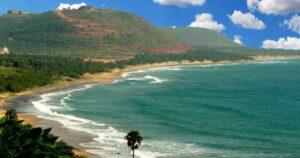Our planet is bursting with amazing natural beauty, from stunning white sand beaches to the spectacular mountains. So, it’s no doubt that the earth is a wonderful place. But some things are like no other and can truly take our breath away. And it might be hard to believe that these marvels actually exist!
At the mouth of the Catatumbo River in Venezuela, a lightning storm lasts up to 10 hours per night offering an electrifying light show for any onlookers. If you’ve ever dreamt of wandering through the clouds, you should book your next trip to Bolivia where the salt flats of Salar de Uyuni create a mesmerizing reflection of the sky.
Here are the most incredible natural phenomena and where in the world you can find them. So, if you fancy a mind-blowing experience, add these destinations to your bucket list!
1. Frozen Bubble Lake
Where: Alberta, Canada
When: Winter
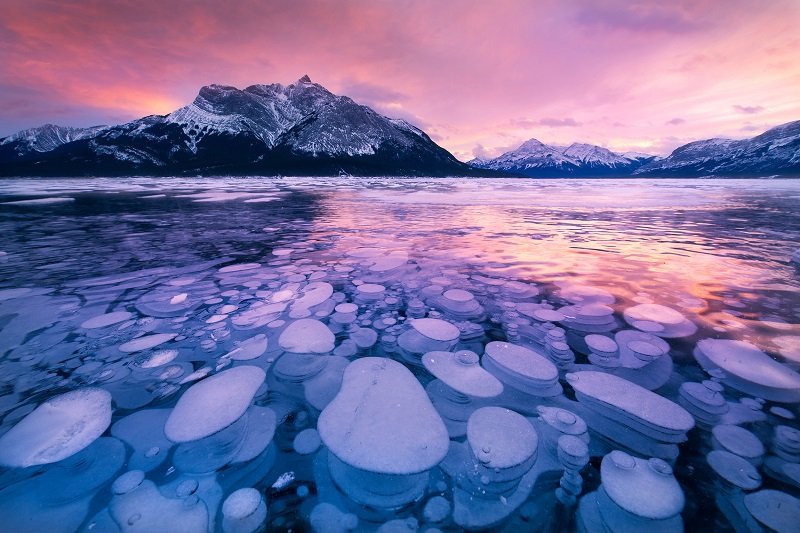
Frozen bubbles lie beneath Lake Abraham creating a unique mountain view. The decaying plants on the bed of the lake release methane which becomes trapped just below the surface as the lake begins to freeze in Winter. But don’t be fooled by the beauty, the bubbles are made from pockets of highly flammable methane and while being relatively harmless, if you light a match there’s a good chance the bubbles will explode!
2. The Everlasting Lightning
Where: Mouth of the Cataumbo River, Venezuela
When: Different times throughout the year
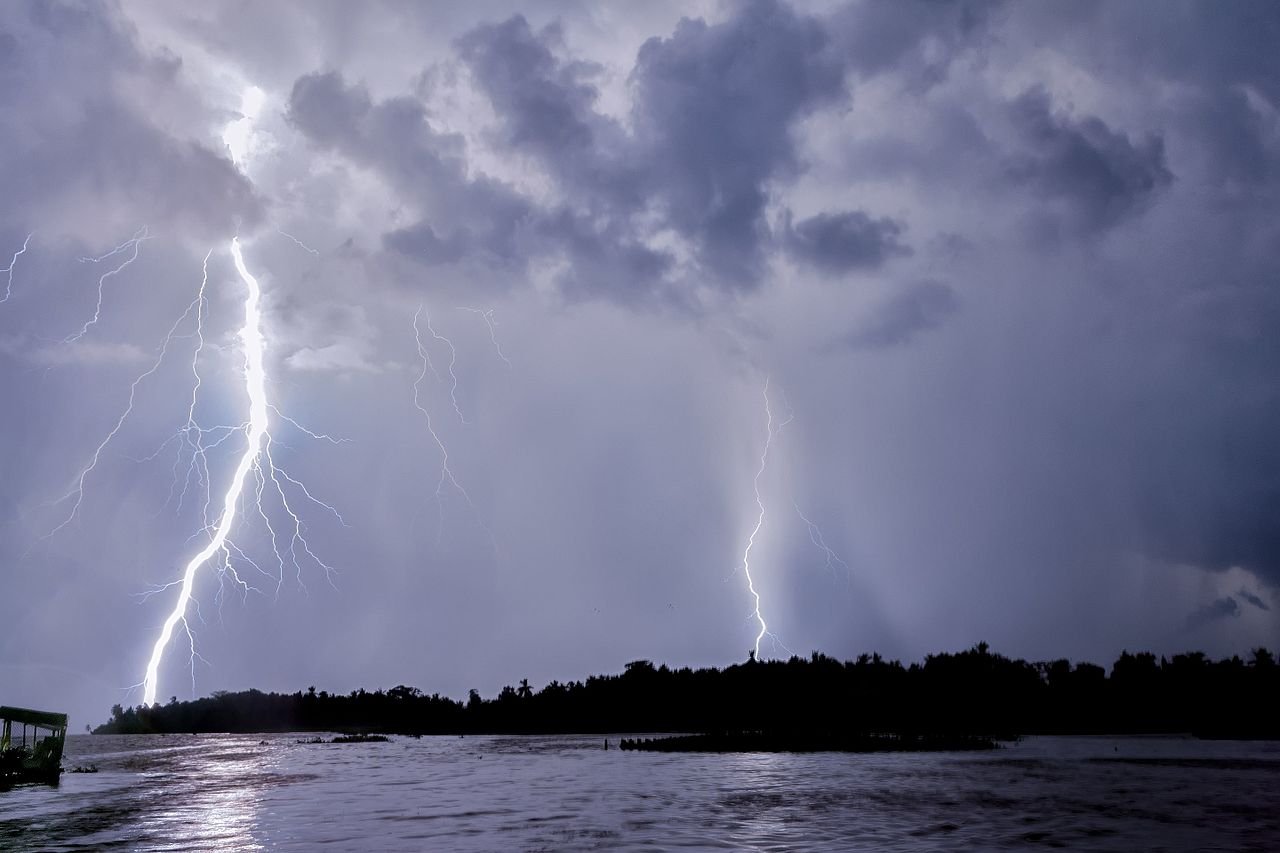
Lightning really does strike twice in Venezuela with the everlasting lightning storm typically occurring 260 nights a year, lasting up to 10 hours with up to 280 lightning strikes per hour. The enormous storm is a result of cross winds becoming enclosed by high mountain plains. This forms a mass cloud and the heat and moisture collected in the middle creates electric charges that trigger the lighting storm.
3. Bioluminescent Waves
Where: Around the world
When: At night
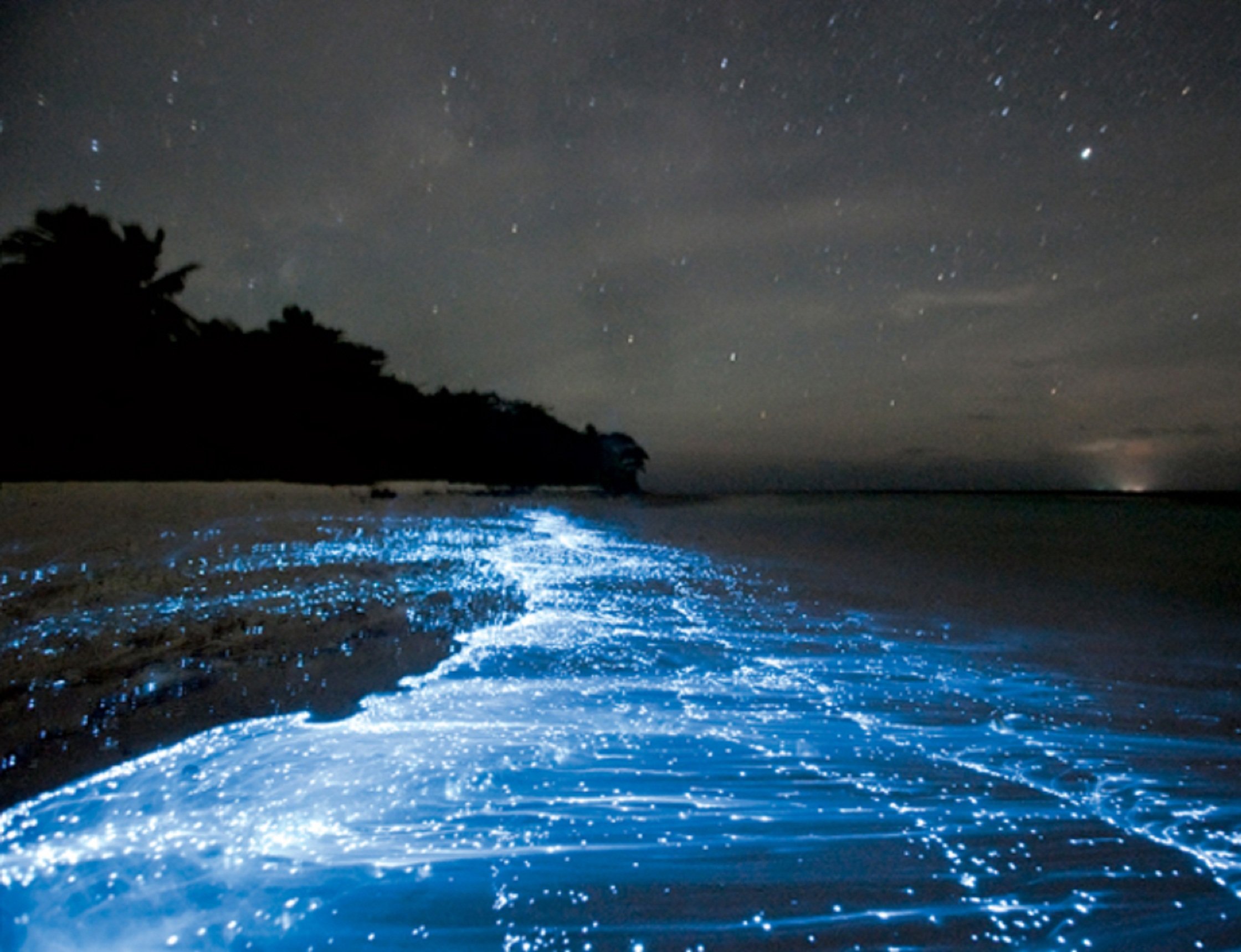
Luminous shorelines light up many beaches across the world, but the most popular destinations to witness the magical phenomenon are the Maldives, Thailand, Puerto Rico and Japan. The bright green-blue glow comes from concentrated populations of microscopic phytoplankton that are bioluminescent, meaning their chemical energy emits light, resulting in beautiful illuminating waves.
4. Light Pillars
Where: Anywhere
When: Usually when the sun is near the horizon
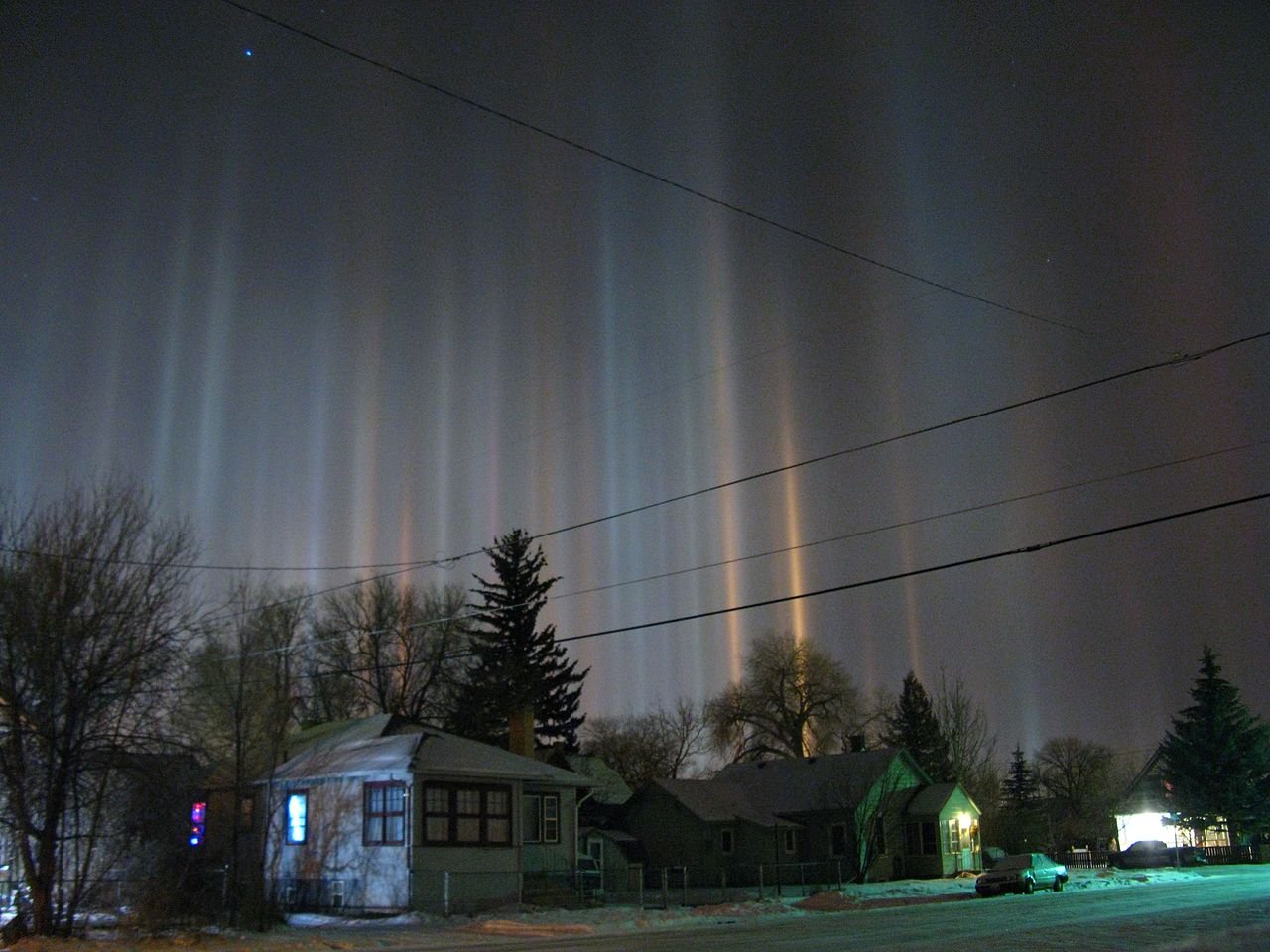
Light pillars form the illusion that bands of light are beaming down on earth, or that poles of light are shooting into the sky. This effect is actually just a reflection of light from lots of tiny ice crystals suspended in the atmosphere. The light usually comes from the sun but it can also be reflected from the moon and has been witnessed in many locations including Canada, Wyoming and Stockholm.
5. Blue Lava Volcano
Where: Danakil Depression, Ethiopia
When: At night
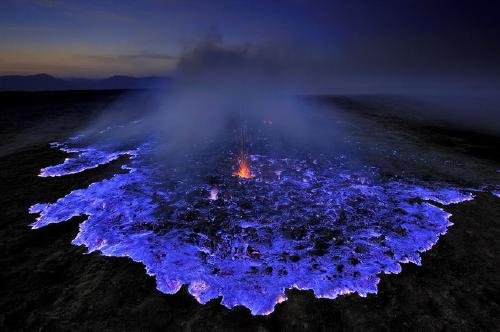
This volcano is like no other when it erupts with radiant electric-blue lava. However, this mystical phenomenon is only visible at night as during the day it appears to look like an ordinary volcano. The blue colour appears when the flames mix with the sulphuric gases in temperature of above 360°C, and at times, the lava flows down the rocks making it look like blue lava is spilling down the mountainside.
6. Aurora Borealis
Where: Scandinavia and Northern Canada
When: September to April between 5 PM and 2 AM
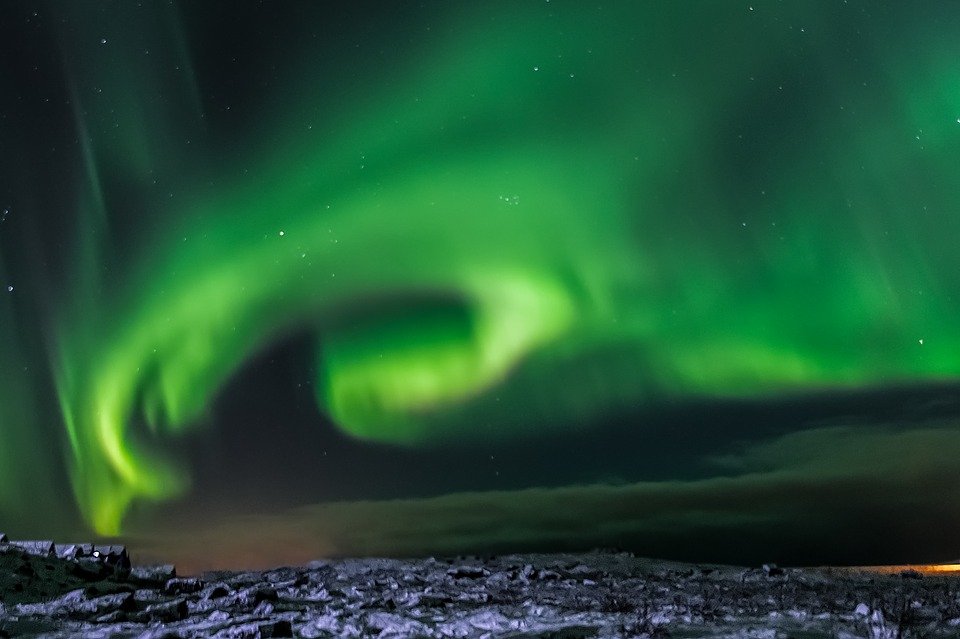
Each year, many people hope to catch a glimpse of the Aurora Borealis, also known as the Northern Lights. The incredible light show occurs when electrically charged particles released from the sun enter the earth’s atmosphere and collide with gases in the air, resulting in countless bursts of light. The captivating phenomena is much more visible under clear and dark skies, away from artificial light.
7. Turquoise Ice Crystals
Where: Lake Baikal, Russia
When: Winter
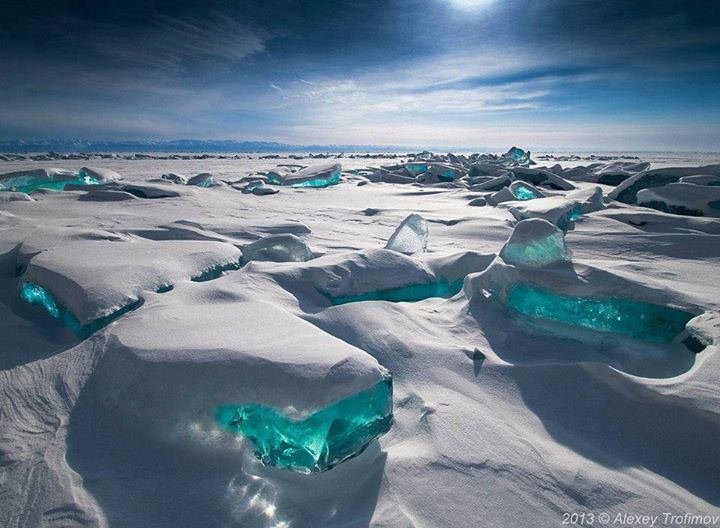
Incredible turquoise ice crystals can be seen on Lake Bailkal when the lake freezes over during Winter. Not only is Lake Baikal the oldest lake in the world but it’s also the largest freshwater lake on the planet that contains around 20% of the Earth’s freshwater. So, when the lake freezes, large shards of transparent ice form on the surface, giving the appearance of spectacular turquoise ice.
8. Sky Mirror
Where: Salar de Uyuni, Bolivia
When: January – April
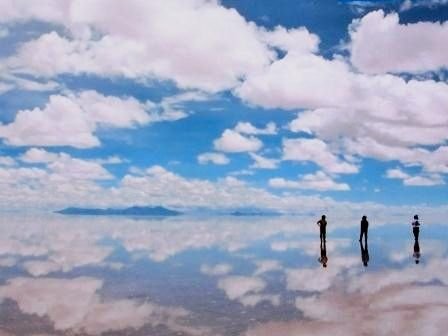
Wondering around with your head in the clouds is possible in Bolivia where the sky is beautifully reflected, creating the illusion of heaven on earth. The Salar de Uyuni is a landscape of bright white salt formations which is an incredible sight itself, but when the salt flats flood during the rainy season the flooding produces a natural phenomenon, the largest mirror on Earth.
9. Technicoloured Mountains
Where: Zhangye National Geopark, China
When: All year
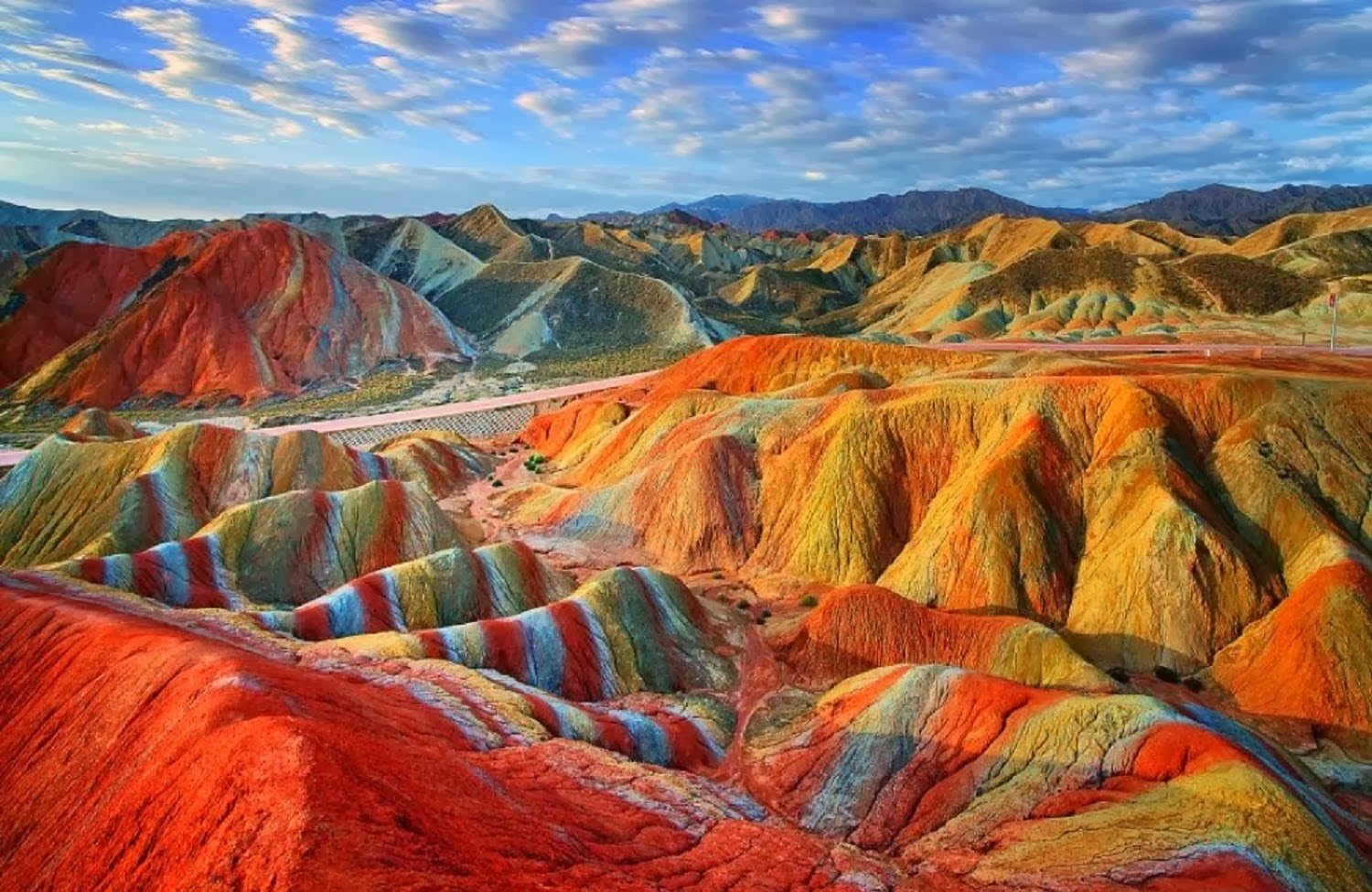
In the northern foothills of China, there’s a magnificent view of something close to a piece of art. These picturesque mountains in Zhangye National Geopark are known for their unusual patterned colours and extraordinary sculpted shapes, which are several hundred metres tall. The landform is a result of deposits of sandstone and other minerals that occurred over a duration of 24 million years.
10. Lenticular Clouds
Where: Usually over high formations
When: Anytime
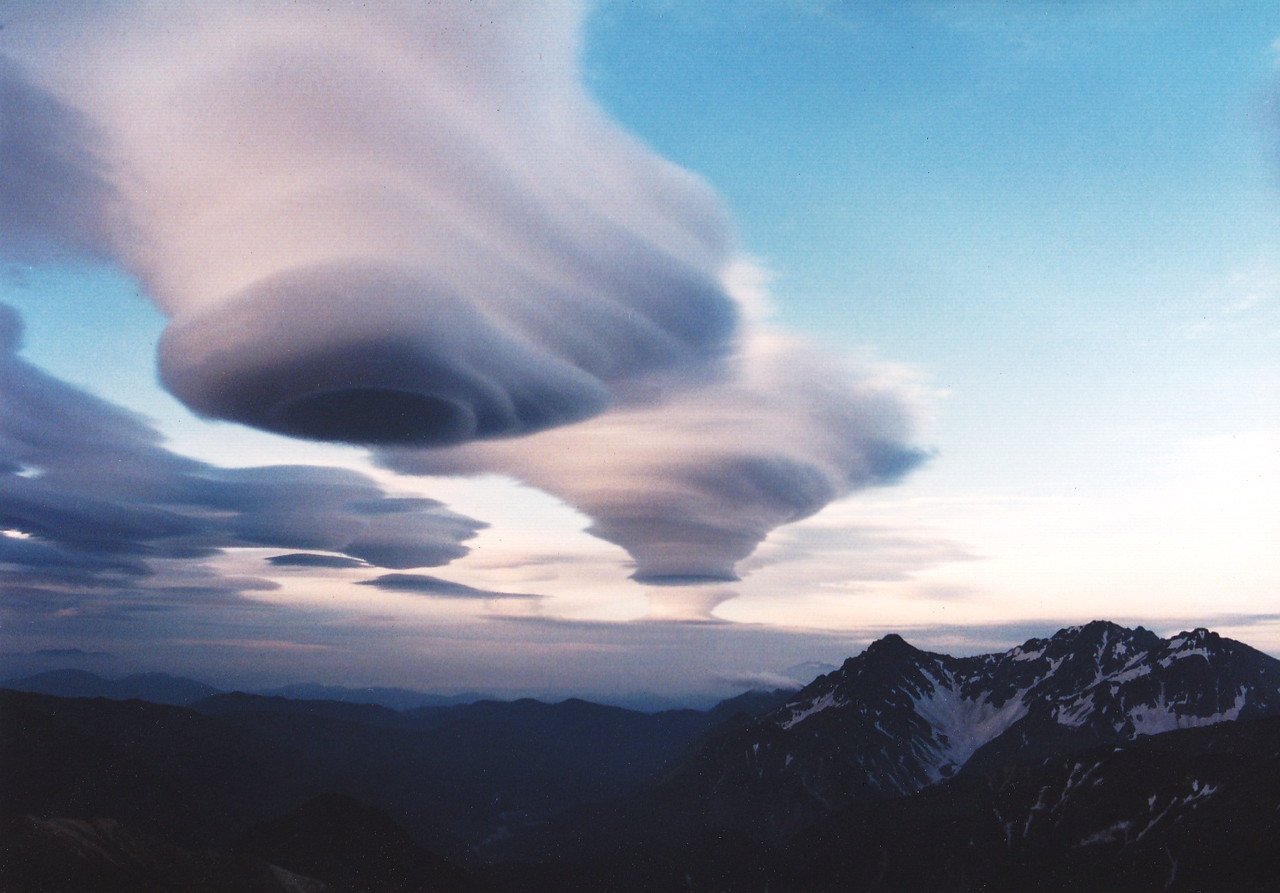
Lenticular clouds are lens-shaped clouds that form at high altitudes and as wind blows across high hills, mountains and even buildings. The air ripples in a downstream train of waves and if there is enough moisture in the air the waves will condense to form the unique appearance of lenticular clouds. Due to the obscure shape of these clouds they have been offered as an explanation for some UFO sightings.
11. Great Blue Hole
Where: Caribbean Sea, Belize
When: Anytime
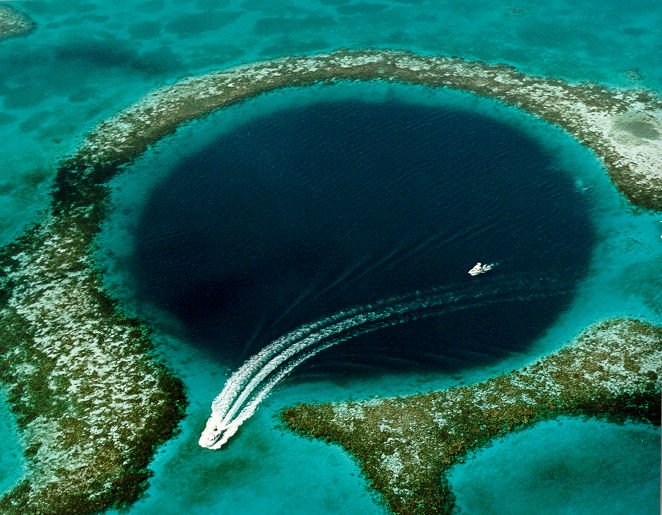
Off the coast of Belize in the Caribbean Sea, is not only the deep blue sea, but also a deep blue hole and is the largest natural formation of its kind. The hole is over 400 feet deep and was formed over 15,000 years ago when sea levels were much lower, as the ocean began to rise the hole was formed. The hole attracts scuba divers from all over the world due to the crystal clear water and unusual sea species.
This article was first published on The Solar Centre.
Feature image via Daily Mail/Caters News Agency






